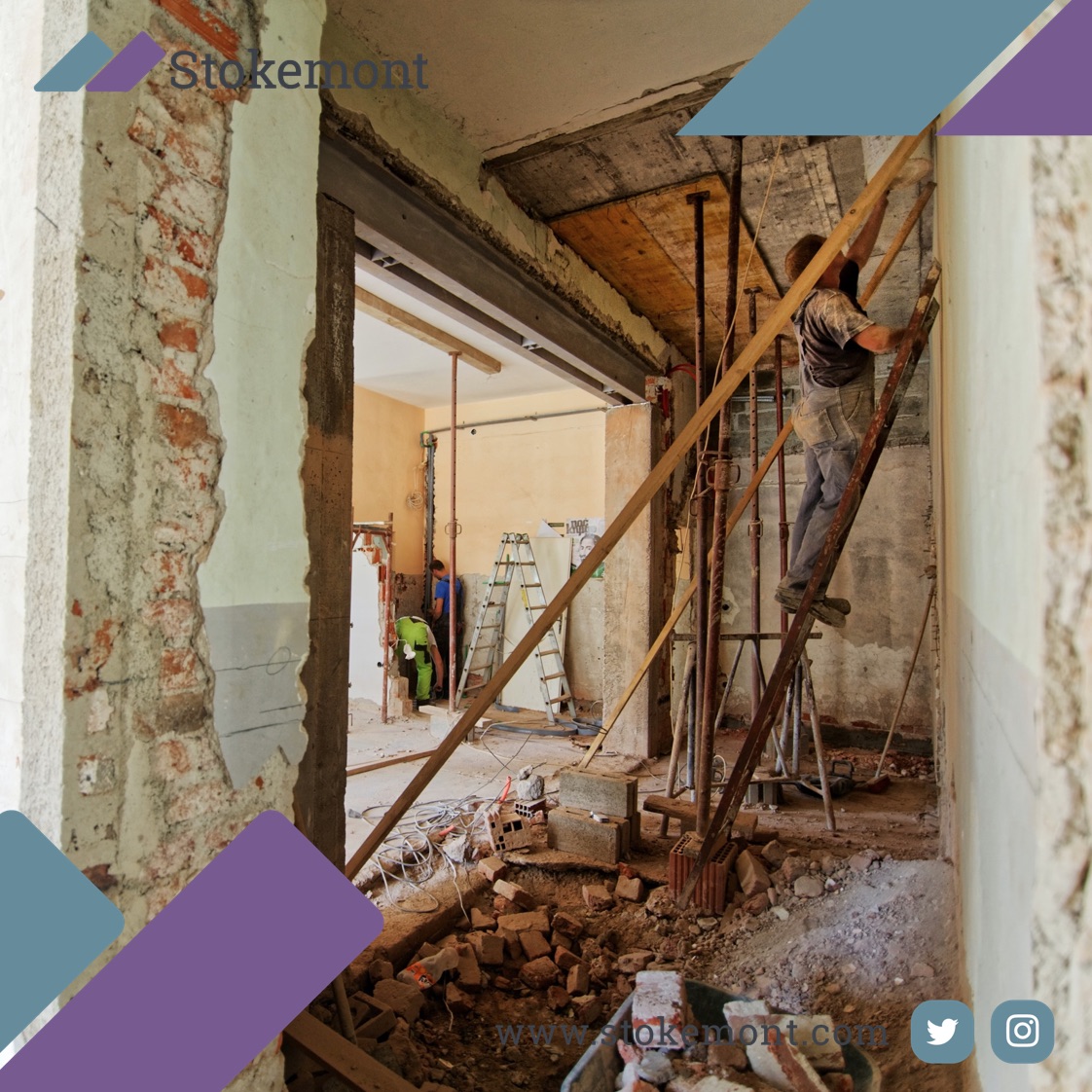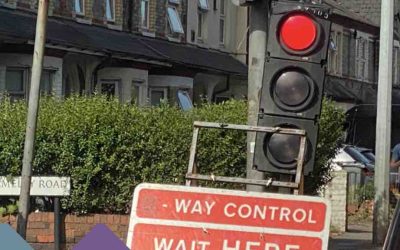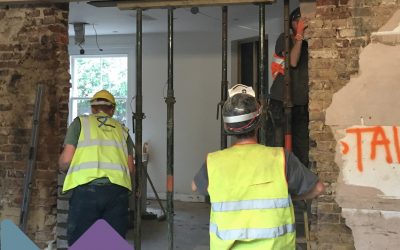Today through our weekly surveying blog, we are going to be looking at licence for alterations procedures.
In particular, we are going to be looking at the need and requirement to install sound proofing in the form of sound deadening underlay.
Licence for alterations are required for almost all leases or houses and flats in England and Wales.
The lease will have within it alterations provisions, and particularly an alterations clause which sets out the manner in which the licence for alterations procedures will be administered.
Generally speaking the licence for alterations clause will be one of three types.
A Fully Qualified Covenant
A fully qualified covenant will require the freeholder to provide their consent, with that consent not being unreasonably withheld.
In a nutshell, this is effectively the most positive outcome for a leaseholder and if you were to liken it to a traffic light this would effectively be a green light.
A Qualified Covenant
A qualified covenant, is similar to a fully qualified covenant, the only difference being that the landlord doesn’t need, or isn’t required, to give their consent for the proposed works and alterations.
This effectively means that the leaseholder is likely to gain a consent, however it may be at the cost of a premium, levy, or charge that the freeholder requests.
If you liken this to a traffic light, this would be an amber light.
An Absolute Covenant
An absolute covenant is the most restrictive form of covenant that a lease can have.
In a nutshell, it effectively means that you are unlikely to be given the consent for your proposed alterations works by your freeholder, as effectively the lease prohibits the works in the first instance.
If you liken this to a traffic light, this would effectively be a firm and prolonged red light.
Once you have established the type of alterations covenant that your lease has, the next point is to look at the type of works that are taking place.
In this blog post we are going to be focusing on the installation of hard floors, in place of soft floors.
First and foremost hard floors refer to any floor covering that is hard and dense in nature.
An example of these would be laminate boards, timber floorboards, tiles, or any other form of hard floor coverings that you can think of. Soft coverings are effectively carpets.
In changing soft coverings to hard coverings, assuming the leaseholder who is undertaking the works is on a flat of an elevated level, first floor or above, there is going to be some form of knock on effect and nuisance associated with this change to the flat, or flats, beneath them.
The licence for alterations procedures should take this potential nuisance into account and effectively ensure that the leaseholders beneath are taken into account.
Commonly this is achieved through the installation of sound deadening underlay.
The sound deadening underlay will effectively absorb both airborne and percussive sound significantly reducing the impact of the hard floors to the respective flats underneath.
Generally speaking, there are two different types of ways to install sound deadening underlay which we are going to look at in a little more detail now.
The first is to simply install a high grade, and high quality sound deadening underlay.
This is very much similar to the conventional types of underlay that we would all be accommodated with which rests beneath carpets. However unlike carpet underlay sound deadening underlay is a far more denser material in many cases starting at 10mm in width and while it has the springy cushion underfoot, its main purpose is to absorb sound.
This would be installed directly beneath the proposed floor coverings achieving the reduction in sound transmission required.
The second type of sound deadening underlay and approach of install is to undertake the procedure as set out above, whereby the underlay is installed beneath the hard floor covering.
However, before doing that the floorboards would also be removed and a strip of sound deadening underlay would be installed directly to the floor joists.
This would effectively mean between the floor joists and floorboards there is another layer of underlay installed.
This is by far the most effective way to reduce sound transmission from the leasehold demise undertaking the works to the leasehold demises beneath, however, as I am sure you can imagine it is an incredible amount of work to install the additional underlay, as it effectively means that all of the floorboards need to be removed and then secured back in place.
Commonly, if this type of installation is required, all nails holding the boards to the joists would also be replaced with screws which stops the squeaking floorboard effect which again we are all likely used to.
Sound deadening insulation is not a cheap endeavour. Generally speaking a good underlay can start from £50 + VAT per m2.
It can therefore quickly add up and these are costs that need to be accounted for and considered by the leaseholder undertaking the works.
Licence for alteration procedures are a pivotal part of a leaseholder’s construction proposals.
If you would like to discuss your licence for alterations requirements with our team of experienced and qualified RICS Chartered Surveyors today, please feel free to give us a call and we would be more than happy to assist and advise you.




